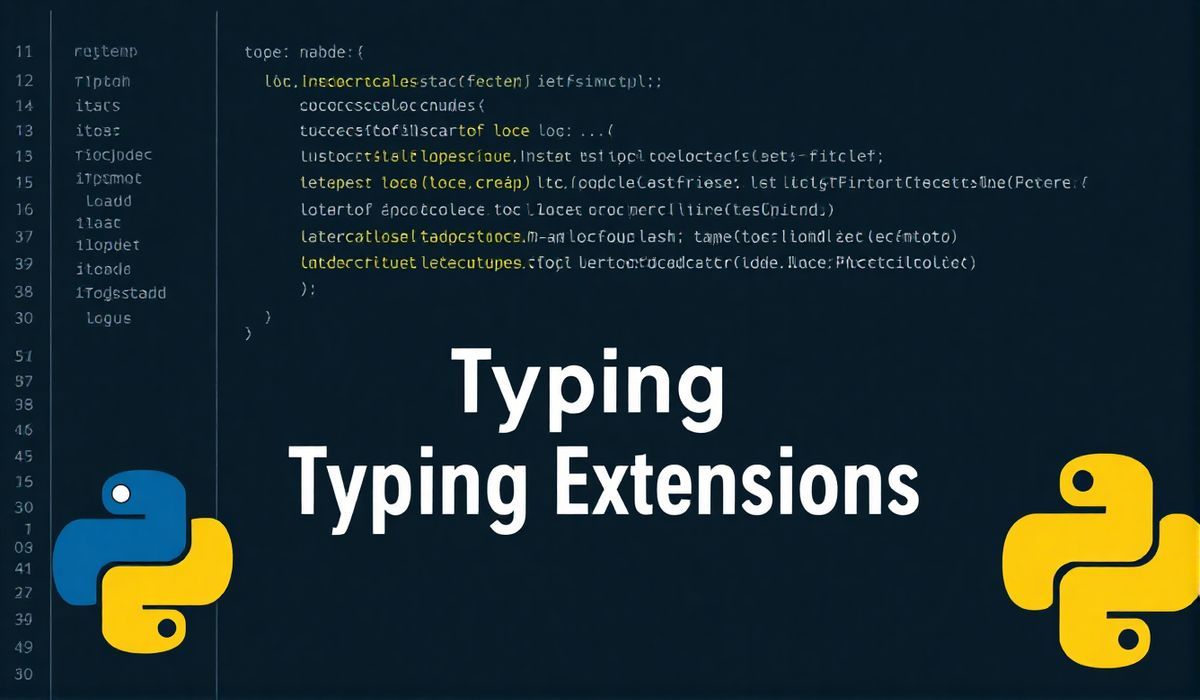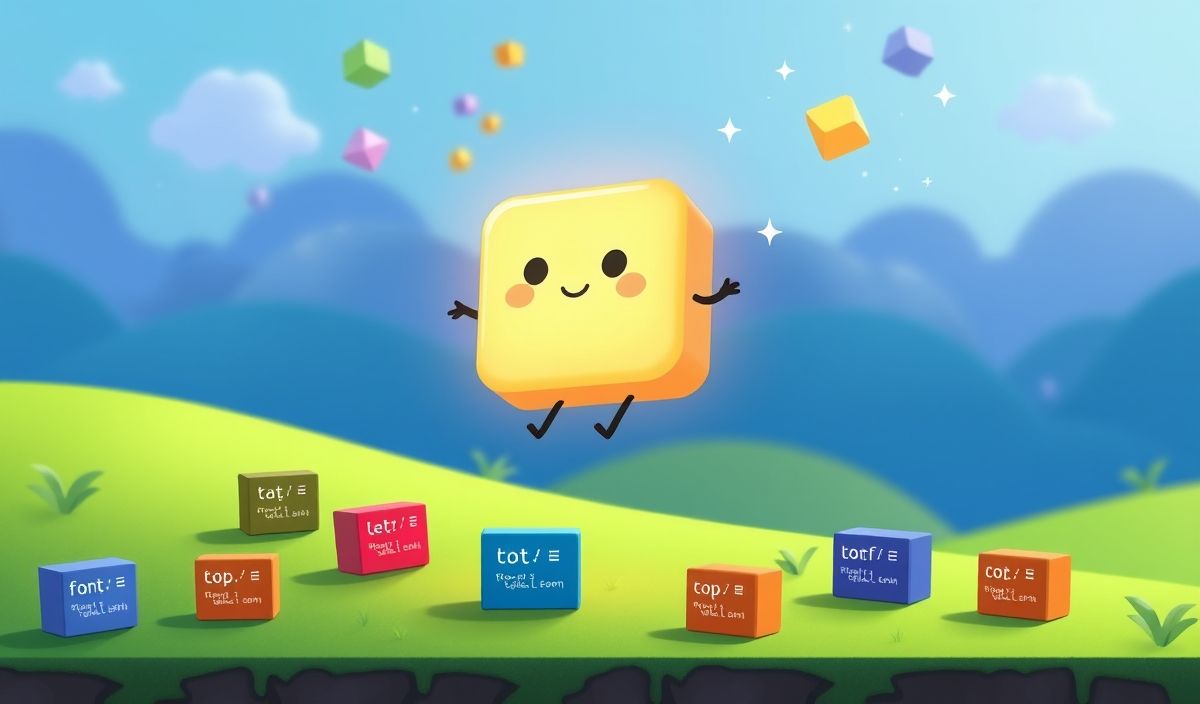Comprehensive Guide to q-io for Optimized Node.js Development
Welcome to our detailed guide on q-io, a simple and powerful library for handling asynchronous I/O operations in Node.js. In this guide, we will introduce q-io, explore its numerous APIs, provide code snippets, and implement a sample app showcasing the introduced APIs.
What is q-io?
q-io is an essential library for managing asynchronous I/O operations in Node.js. It builds on top of the Q promise library, simplifying the creation and handling of asynchronous operations.
Key APIs and Their Usage
Reading and Writing Files
The fs module in q-io provides methods for reading and writing files both synchronously and asynchronously. Below are some examples:
const fs = require('q-io/fs');
// Read a file asynchronously fs.read('example.txt')
.then(content => {
console.log(content);
})
.catch(error => {
console.error(error);
});
// Write to a file asynchronously fs.write('example.txt', 'Hello, q-io!')
.then(() => {
console.log('File written successfully.');
})
.catch(error => {
console.error(error);
});
Copying Files
Copy files asynchronously using the copy method:
fs.copy('source.txt', 'destination.txt')
.then(() => {
console.log('File copied successfully.');
})
.catch(error => {
console.error(error);
});
Making Directories
Create directories elegantly:
fs.makeTree('new-directory')
.then(() => {
console.log('Directory created successfully.');
})
.catch(error => {
console.error(error);
});
HTTP Requests
The http module offers helpful methods for invoking HTTP requests:
const http = require('q-io/http');
// Perform a GET request http.read('http://example.com')
.then(response => {
console.log(response);
})
.catch(error => {
console.error(error);
});
// Perform a POST request const options = {
method: 'POST',
url: 'http://example.com/api',
body: JSON.stringify({ data: 'example' })
};
http.request(options)
.then(response => {
console.log(response);
})
.catch(error => {
console.error(error);
});
Running Commands
Execute system commands using q-io:
const process = require('q-io/process');
process.command('ls', ['-l'])
.then(output => {
console.log(output);
})
.catch(error => {
console.error(error);
});
Sample Application
Now, let’s combine these methods into a simple application that reads a file, copies it to a new location, and then sends its content via an HTTP POST request:
const fs = require('q-io/fs'); const http = require('q-io/http');
function processFile() {
fs.read('example.txt')
.then(content => {
return fs.write('example-copy.txt', content);
})
.then(() => {
return fs.read('example-copy.txt');
})
.then(content => {
const options = {
method: 'POST',
url: 'http://example.com/api',
body: content
};
return http.request(options);
})
.then(() => {
console.log('File processed and sent successfully.');
})
.catch(error => {
console.error(error);
});
}
processFile(); With this example, you’ve learned how to read, write, and copy files, and use HTTP requests with q-io efficiently.
Happy coding!
Hash: 1461b5a9dfbb84e233aa64584d04f546d90b16872b1e5544e8a7d831341c2710




